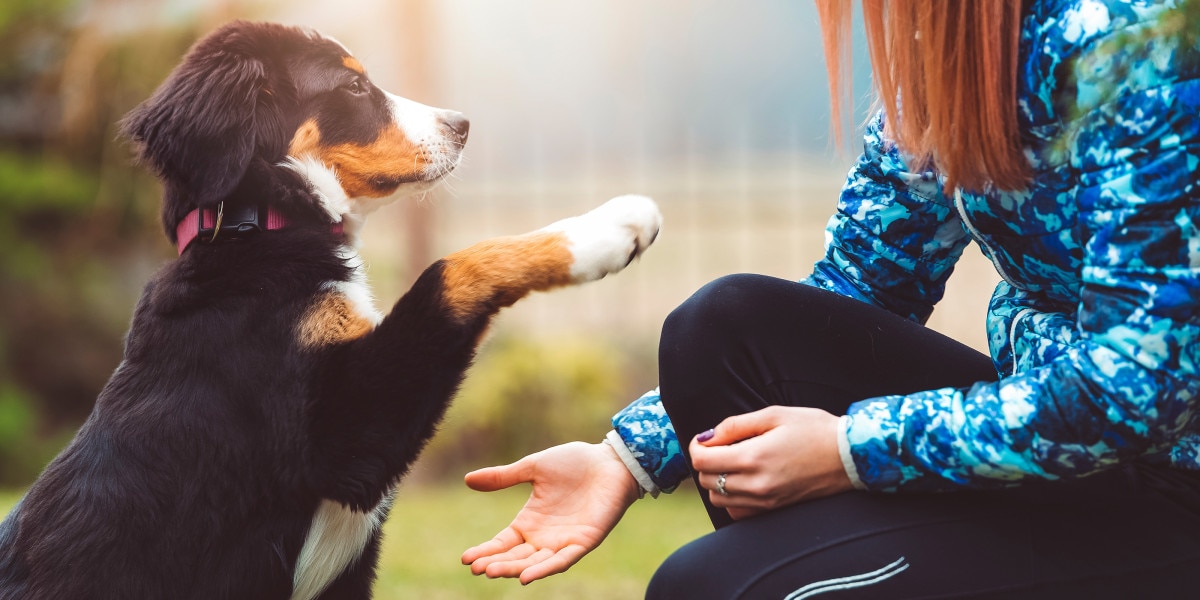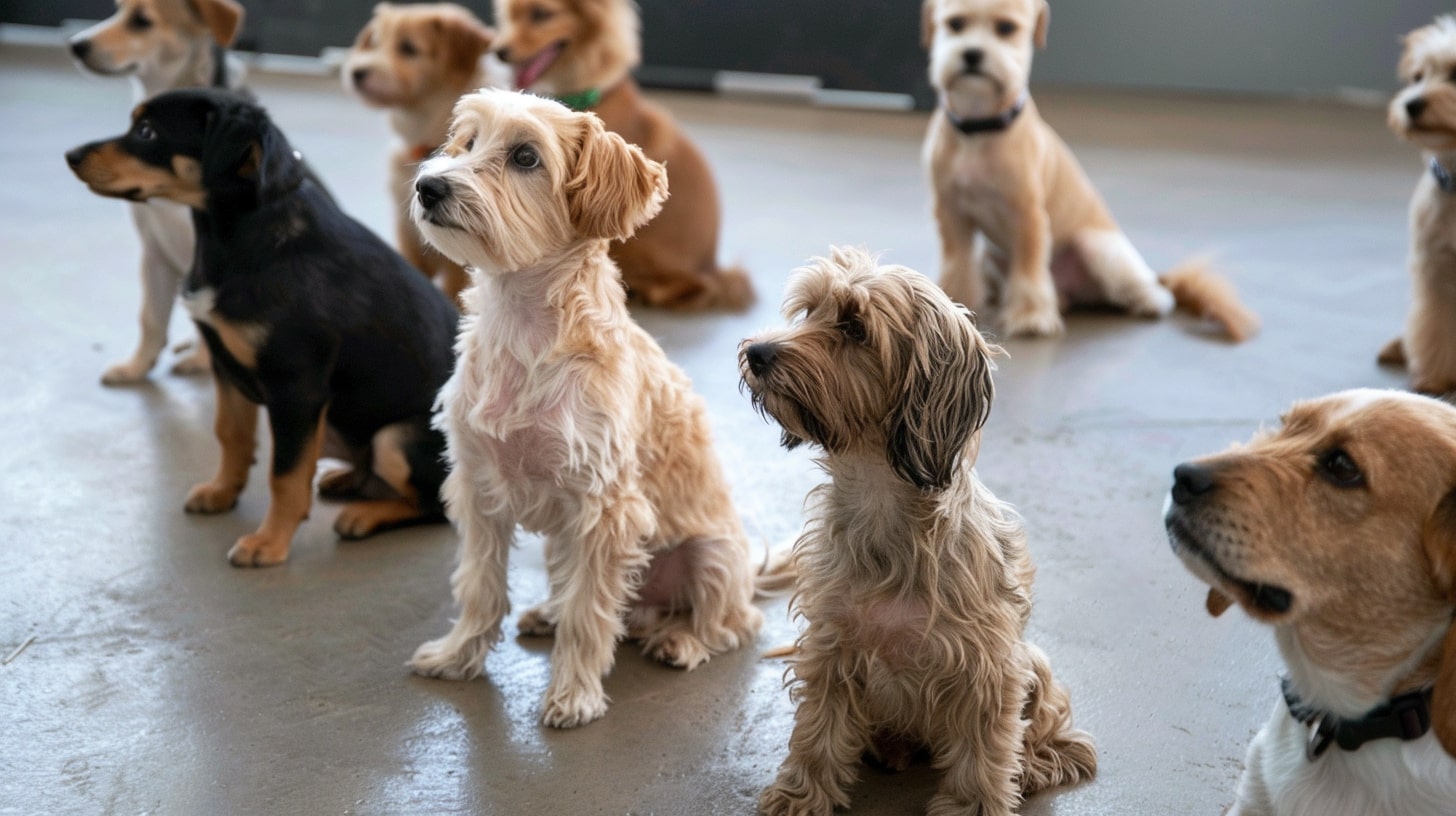Puppy Training at Home: Simple Steps to Raise a Well-Mannered Dog
Puppy Training at Home: Simple Steps to Raise a Well-Mannered Dog
Blog Article
Top Puppy Educating Techniques to Guarantee a Mannerly Pet Dog
Effective pup training is crucial for cultivating a mannerly friend, and various techniques can considerably influence a pet's development. Among these, favorable reinforcement stands out as a fundamental strategy, advertising trust fund and encouraging desirable habits. Consistency in commands and very early socialization are equally important, preparing for a well-adjusted family pet. Furthermore, the functions of crate training and leash etiquette can not be neglected. As we discover these methods further, it becomes clear that the success of young puppy training rests on a combination of methods that can transform your family pet's habits in amazing ways.
Favorable Reinforcement Techniques
Utilizing positive support techniques is important for efficient young puppy training, as it urges preferred behaviors through incentives instead of penalty. This approach profits from the all-natural understanding procedures of canines, enhancing etiquette by offering instant and concrete benefits, such as treats, praise, or playtime. By associating positive outcomes with specific activities, pups are more probable to duplicate those behaviors in the future.
Reliable positive reinforcement includes timing and uniformity. Incentives ought to be given instantly after the preferred behavior strikes develop a clear link in the puppy's mind. In addition, differing the types of rewards can keep a pup's interest and inspiration throughout the training process. As an example, some young puppies may respond much better to spoken appreciation while others might choose a preferred toy or reward.

Uniformity in Training Commands
Maintaining uniformity in training commands is vital for enhancing the lessons found out via favorable reinforcement strategies. Canines thrive on routine and predictability, so utilizing the same spoken commands and hand signals for details actions is crucial. This uniformity aids pups comprehend what is expected of them, lowering confusion and stress for both the instructor and the family pet.

Timing likewise plays a considerable role in uniformity. Commands ought to be provided quickly during training sessions and followed right away by positive reinforcement, such as deals with or praise. This instant action helps solidify the association between the command and the wanted habits.
Incorporating uniformity right into training sessions will create a secure knowing setting, promoting quicker proficiency of commands. Inevitably, a well-structured approach promotes a solid bond between the young puppy and its proprietor, causing a much more well-behaved and loyal animal.
Socializing With Various Other Pet Dogs
Socializing with various other pets is crucial for a puppy's development, as it helps them learn appropriate behaviors and communication abilities in varied social contexts. Very early communications with various animals can significantly influence a young puppy's character and adaptability in different scenarios. When young puppies are exposed to a range of pet dogs, they become extra positive and much less afraid, which can prevent prospective behavior problems later on in life.

Furthermore, observing body movement during communications is essential. Instruct your young puppy to recognize signals from various other pet dogs, such as signs of playfulness or pain, cultivating common regard and understanding. Regular socialization not just improves your pup's social skills yet likewise adds to their total health, producing a much more harmonious living environment. In verdict, focusing on communications with various other family pets will certainly yield a well-shaped and socially proficient pet dog.
Pet Crate Training Perks
Identifying the countless benefits of dog crate training can greatly enhance both the puppy's and owner's experience. Crate training offers a safe and secure and risk-free setting for young puppies, guaranteeing they feel secured when left alone. This complacency can significantly lower anxiousness and anxiety degrees for both the family pet and the owner.
Additionally, cages offer as an important house-training tool. Pups naturally prevent staining their resting location, thereby encouraging them to hold their bladder up until they are let outdoors. This impulse can expedite the house-breaking process, cultivating great behaviors at an early stage.
Crate training also helps in taking care of a pup's habits when not being watched. By providing a marked space, proprietors can stop destructive habits, such as eating on furnishings or getting right into harmful substances. Additionally, crates can be valuable throughout travel, using an acquainted space like this that can help soothe a puppy in brand-new environments.
Last but not least, establishing a crate regular urges self-reliance, permitting young puppies to discover how to be alone without fear. Go Here Overall, crate training is an effective approach for advertising harmony, self-control, and safety and security, resulting in a well-adjusted, well-behaved family pet.
Leash Training Basics
Leash training is a basic aspect of liable family pet ownership that guarantees a safe and pleasurable walking experience for both the puppy and its proprietor. Correct leash training begins early, ideally throughout the young puppy's socialization period. When out in public., this training assists develop excellent routines and advertises positive behaviors.
To begin, choose a comfortable collar or harness that fits your puppy well. Connect a strong leash, guaranteeing it is not as well long, as this can lead to drawing and erratic behavior. Beginning in a quiet environment to decrease interruptions and gradually present your pup to new environments.
Use positive support methods, such as treats and appreciation, to motivate your young puppy to stroll next to you. If your puppy draws, quit walking and wait for them to return to your side prior to proceeding.
Additionally, incorporate brief training sessions with fun diversions to construct your young puppy's focus. With devotion and persistence, chain training will certainly cause an accommodating friend, making walks satisfying for both the puppy and the owner.
Verdict
Finally, employing effective puppy training techniques is vital for establishing a well-behaved family pet. Positive reinforcement promotes count on and urges wanted actions, while uniformity in commands help in understanding. Socializing with various other pets enhances adaptability and social skills, and crate training offers a protected setting that supports housebreaking efforts. Lastly, chain training establishes proper strolling habits, contributing to satisfying outings. Overall, these techniques jointly promote a harmonious connection in between puppies and their owners.
As we check out these methods better, it comes to be clear that the success of pup training hinges on a combination of methods that can change your family try this pet's habits in remarkable ways.
Making use of positive reinforcement techniques is crucial for efficient pup training, as it urges wanted habits through incentives instead than penalty.Crate training also aids in handling a young puppy's habits when unsupervised.Leash training is a basic element of liable pet ownership that guarantees a risk-free and pleasurable strolling experience for both the pup and its proprietor.In conclusion, utilizing effective puppy training methods is crucial for developing a well-behaved pet dog.
Report this page